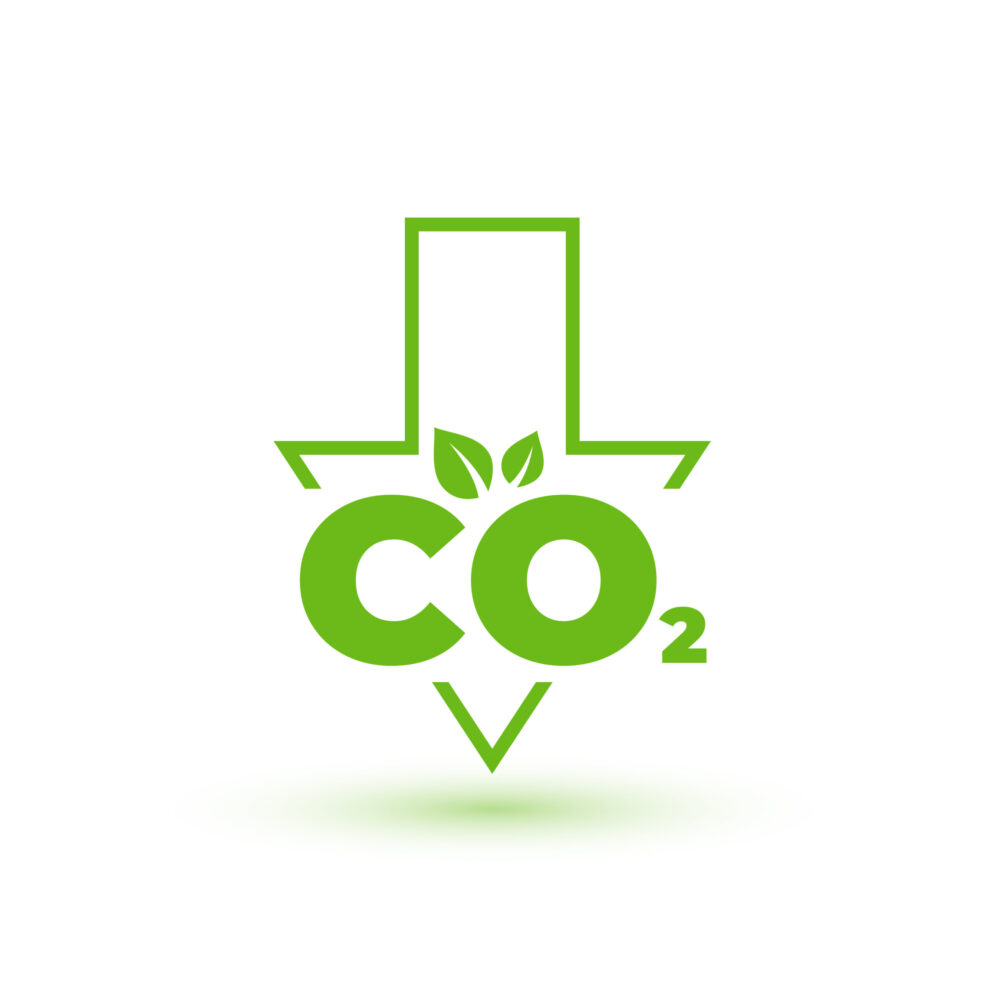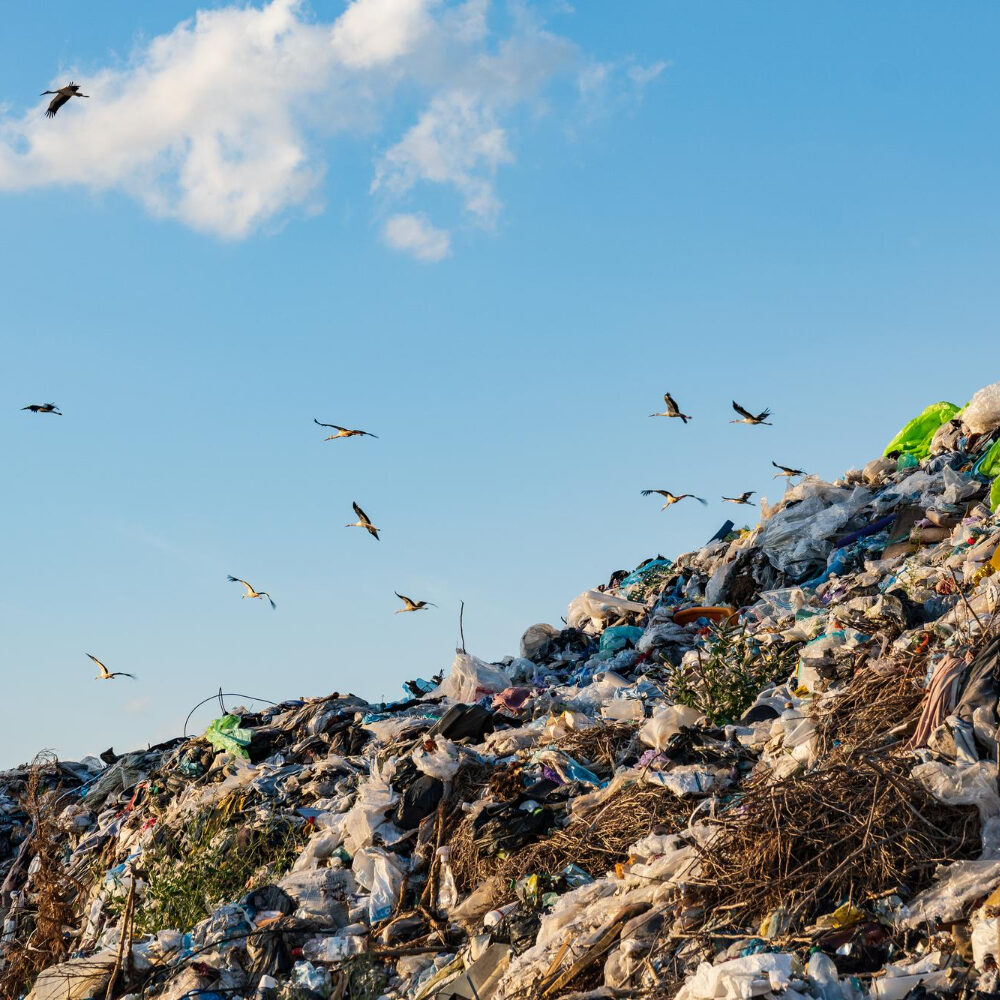Waste-to-Energy destroys Persistent Organic Pollutants (POPs), study shows

Waste-to-Energy (WtE) facilities offer a highly effective solution for the destruction of Persistent Organic Pollutants (POPs), a new UK government study found. According to the research, WtE – or Energy from Waste, as commonly referred to in the UK – achieve a “very high level of destruction efficiency” for POPs, underscoring their value in responsible waste management and environmental protection.
POPs “are organic substances that persist in the environment, accumulate in living organisms and pose a risk to our health and the environment,” according to the European Chemicals Agency (ECHA). The POP category includes pesticides, dioxins, and industrial chemicals such as those found in electrical equipment.
Commissioned by the UK Department for Environment, Food and Rural Affairs (DEFRA) and conducted by the Water Research Centre, the study concludes that WtE plants can break down high levels of POPs even in rigorous testing conditions. WtE facilities analysed in this research were sampled twice: once under standard operating conditions, and once after integrating an enhanced POPs feedstock (Waste Electrical and Electronic Equipment plastic). Samples were separately collected from the incineration bottom ash, air pollution control residues, boiler ash and stack emissions. With a much higher concentration of brominated material in the trials than typically present in UK feedstocks, the WtE facilities achieved destruction efficiencies that exceeded expectations, demonstrating a strong ability to manage POPs and fulfil international commitments.
As a signatory to the United Nations Stockholm Convention on POPs, the UK is committed to destroying waste containing harmful pollutants above specific threshold. WtE facilities can help meet these stringent standards, providing a consistent and reliable solution for the disposal of hazardous waste that otherwise threatens human health and the environment. According to the UK study, WtE plants not only meet but potentially exceed the required standards for POPs destruction, making them an environmentally responsible solution for hazardous waste disposal.
In addition to their ability to eliminate harmful pollutants, WtE contributes to the circular economy goals by reducing landfill dependency, converting residual waste into energy, recovering secondary raw materials, and decreasing greenhouse gas emissions from unmanaged waste. This highlights WtE’s essential role in sustainable waste management, particularly for waste that is otherwise difficult to process.
WtE’s capacity to safely handle pollutants underscores its importance in reducing the presence of harmful chemicals in the environment, promoting public health, and further reinforcing its role as a cleaner, energy-generating, and materials-saving alternative.


